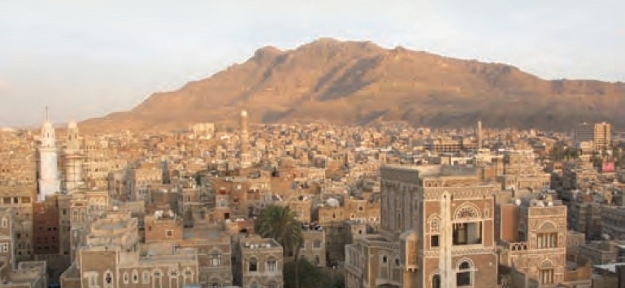The Middle East has basically run out of water. Demand outstrips supply and the region has the worst water availability per capita in the world even as its people’s requirements increase. Climate change is lessening the water available as populations grow, causing tensions to rise.
Despite the existence of water agreements between many of the region’s neighbouring states, the increasing water shortages make solutions hard to work out. Turkey plays the most important role in the region’s water supplies as both the Tigris and Euphrates rise in its highlands, but if it completes its ambitious plans to construct a seriejs of dams on these rivers, the effects downstream could be immense, sharply reducing the fl ow of Euphrates water into both Syria and Iraq.
Jordan already faces massive water shortages. Although it has a legal agreement to take water from the Jordan river, by 2025 its per capita water supply will fall from the current 200 cubic metres to just 91 cubic metres – well below the international water poverty line of 1,000
cubic metres.
Yemen is especially water-insecure. The poorest country in the Arab world, its per capita water supply is also less than 200 cubic metres, and water shortages have increased political tensions between groups. Experts predict that the capital, Sana’a, will run out of economically viable supplies by 2017. According to Mahmoud Shidiwah, chair of Yemen’s water and environment protection agency, 19 of the country’s 21 main water aquifers are no longer being replenished after a long drought and rising demand.






